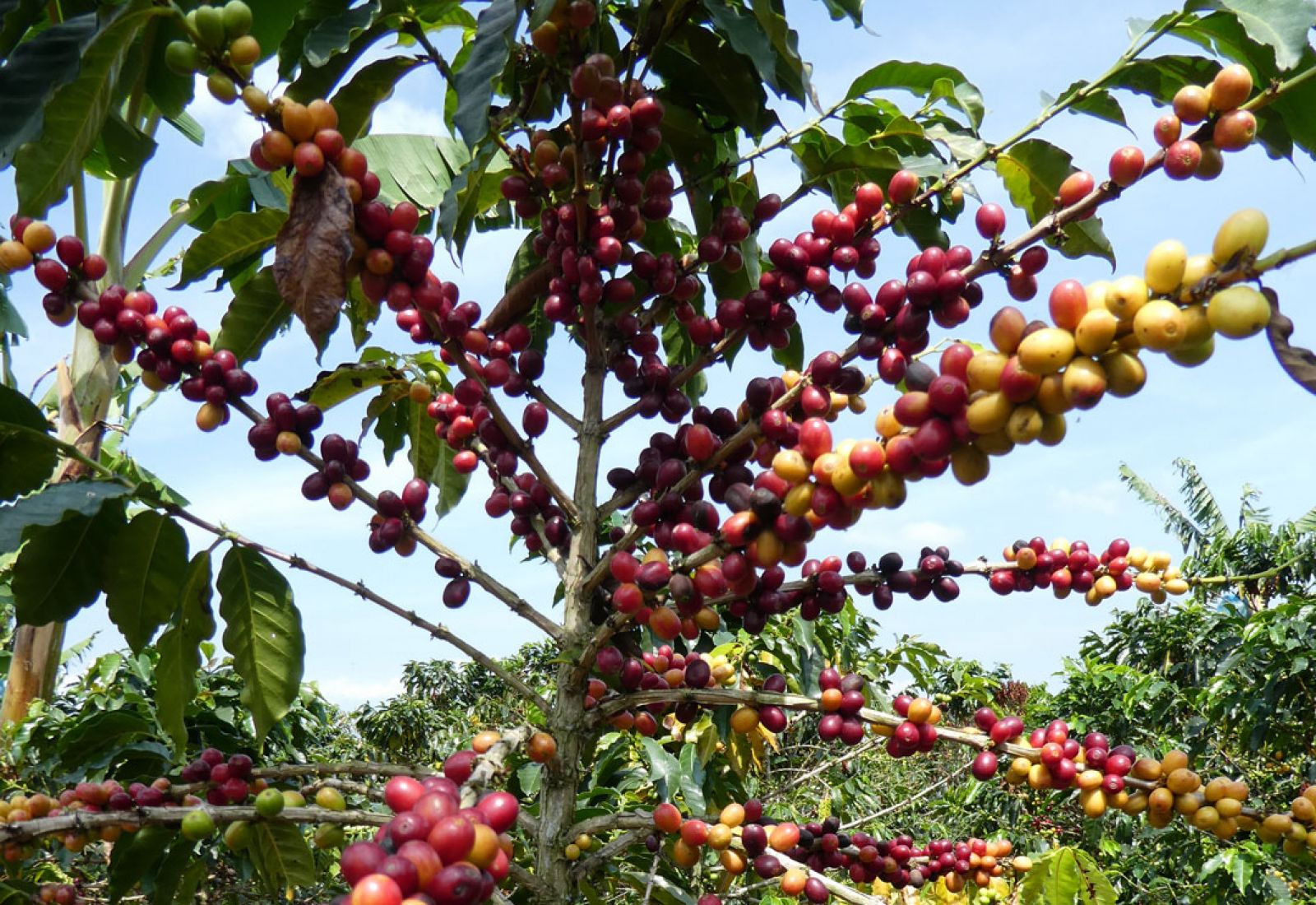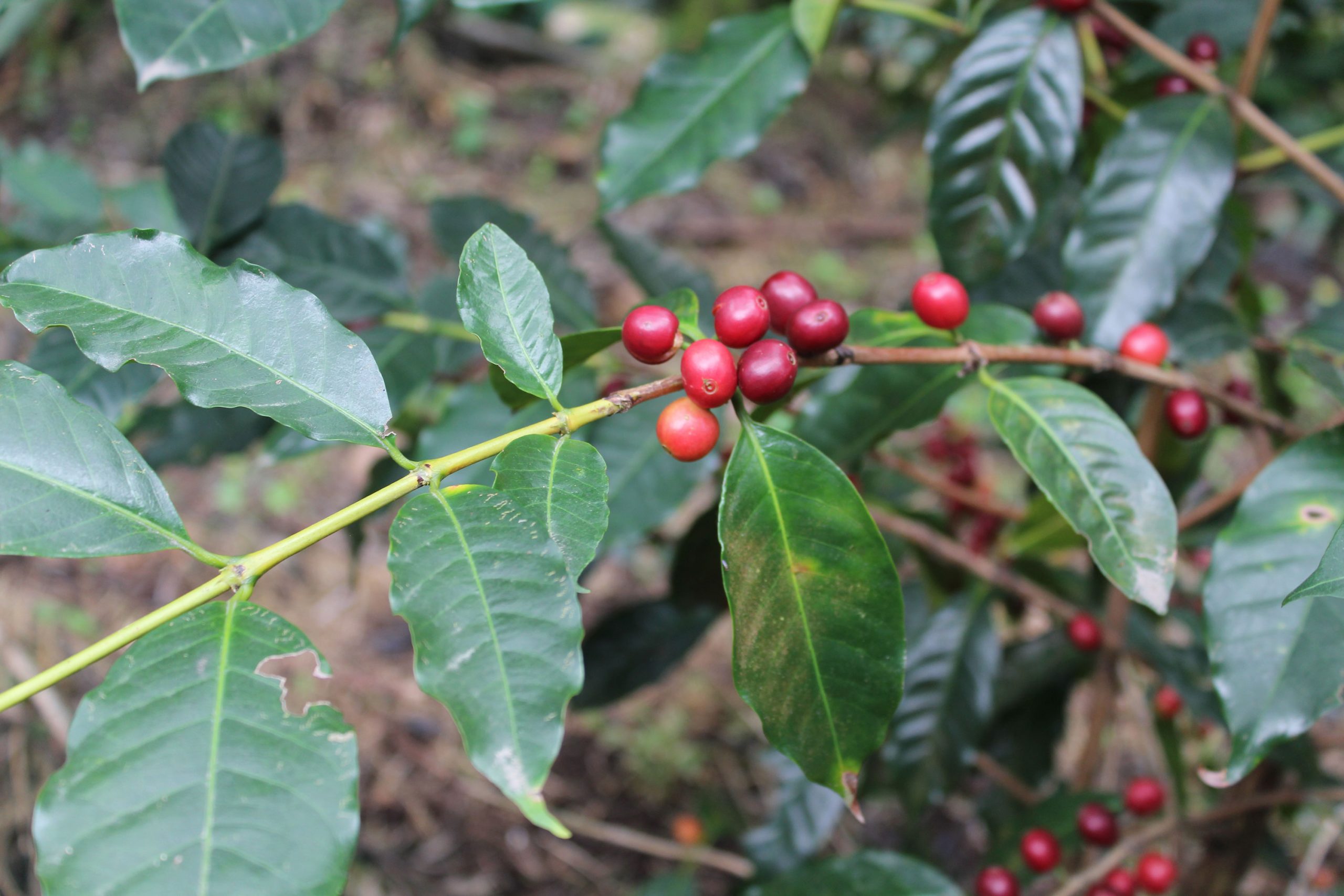Colombia invests far more than many coffee producing countries in scientific coffee research due to the importance of the crop to the country’s economy. Colombia’s National Center for Coffee Investigation (Cenicafe) – operated by the National Coffee Growers Federation (FNC) – is one of the world’s foremost researchers in developing coffee cultivars developed to improve farmers’ well-being while also retaining cup quality. The research centre is responsible for many of the cultivars developed within the country over the last 60 years.
At least from the 1950s onward, Caturra was a highly common cultivar across Colombia, introduced because of its productivity over traditional Typica or Bourbon. Caturra, however, while granting more yields, is equally susceptible to coffee leaf rust and other diseases.
Released in 2005, Castillo, which takes its name from researcher Jaime Castillo and is actually trademarked by Cenicafe, is an improvement of the Colombia variety and has become the most planted variety in Colombia.
Developed over five generations by Cenicafe between 1968 and 1982, the Colombia variety (Variedad Colombia) was the result of successful hybridization of Caturra with the Timor Hybrid. Colombia was developed in advance of Colombia’s first coffee leaf rust outbreak, which hit the country in 1983. Although the new cultivar helped the country’s farmers weather the crisis, Cenicafe suspected that other outbreaks and new diseases were just around the corner. They continued to work towards improvements, and the new arrival of Coffee Berry Disease (CBD) to the country in the early 2000s hastened research methods. The result of this painstaking effort has been the Tabi and the Castillo cultivars.
The Castillo variety was officially given to coffee growers in May 2005 and is the flag of the program “Colombia sin Roya” (Colombia without Rust) implemented by the FNC. The program is aimed at recovering and renewing the production of high quality coffee in the country.
Cenicafe has also developed sub-cultivars from Castillo that bear the added benefit of being particularly adapted to specific agronomic and climatic differences of various regions within the country. 7 cultivars have been developed from Castillo so far, each retaining the main characteristics of the progeny from which they were obtained (Caturra for cup quality and its small size and Timor Hybrid for resistance to coffee leaf rust) and adding one or more new characteristics in each variation for adaptability to particular climates around Colombia. Those cultivars are: Castillo Naranjal, La Trinidad, El Rosario, Pueblo Bello, Santa Barbara, El Tambo and Paraguaicito.
The main characteristics of Castillo and its sub cultivars are higher yield, resistance to leaf rust and other diseases and a ‘dwarfed’ tree that can be planted in high density, thus increasing yields per hectare. The fruits of Castillo plants are also slightly larger and display more resistance to pests and insects such as the coffee borer beetle (broca), which is very common in Latin America.
Source: Mercanta






